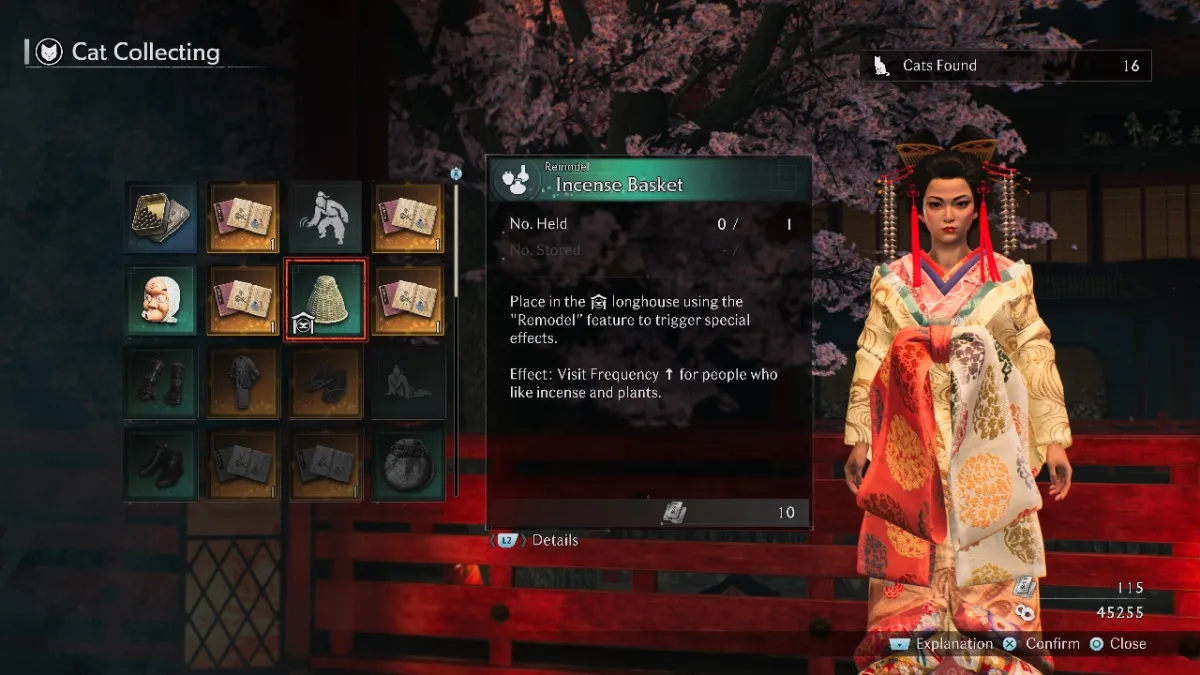Are you wondering what an average GPU temperature while gaming is? Did you purchase a brand new computer or Graphics Processing Unit (GPU) and are monitoring its stats, or are you running into issues when gaming, and you feel like it is because your GPU is overheating? Don’t worry because we will discuss what you can expect as an average GPU temperature, how to check your temperature, and how to lower the temperature of your GPU so you can ensure your gaming PC is running at its best times. Here is everything you need to know about an average GPU temp while gaming.
What is a Normal GPU Temp While Gaming? Explained

An average GPU temperature is within the range of 65 to 85 degrees Celcius, but this can vary on the age and manufacturer of your GPU and its current workload. However, the general rule of thumb is that if you keep your GPU under 85 degrees Celcius, you will be just fine.
- Idle: 30 to 45 degrees Celcius (86 to 114 degrees Fahrenheit)
- Gaming: 65 to 85 degrees Celcius (149 to 185 degrees Fahrenheit)
The most important thing you can do for your specific GPU is look up the manufacturer’s recommendations and specifications to see what temperature your card is meant to run at because some cards just run hot naturally (Radeon RX series, for example).
How Can I Check the Temperature of my GPU?
Unlike your CPU, the easiest way to check the temperature of your GPU is by using the Task Manager in Windows. Within the Task Manager, you will find the performance tab with a separate GPU section for its temperature. However, if you need additional monitoring stats, you can use specialized hardware monitoring software to provide you with additional information.
How Can I Lower the Temperature of my GPU?
Improve the airflow of your computer case and its components by ensuring it is in an area with plenty of open air. This means you want to be careful when putting your computer in enclosed areas like a desk with a computer slot.
If you need additional cooling for your GPU, you can purchase GPU coolers that keep it cool when under intense load. Typically though, if your computer case has good airflow, you won’t need this, but it is an option you can consider.
If you have an older GPU, it is recommended that you clean the onboard fans to make sure they can function correctly. It is not uncommon for these fans to get caked with dust, which can stop the fans from working and cause the temperature to rise.








